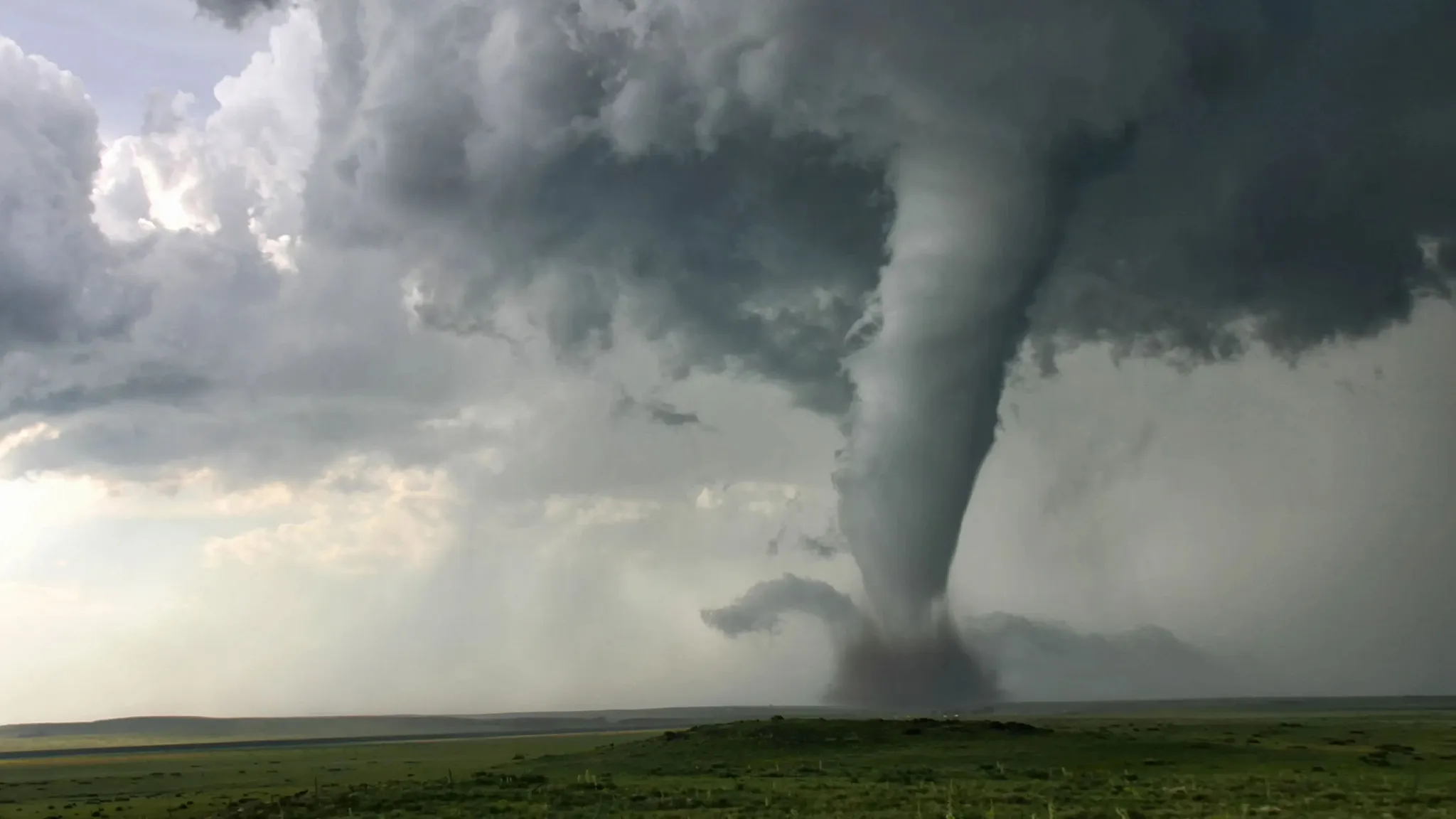On Friday evening, as deadly tornadoes swept from Kansas to Kentucky, leaving behind a trail of 20 fatalities and thousands of destroyed homes, the National Weather Service (NWS) office in Jackson, Kentucky, was supposed to be closed. Budget cuts implemented by the Department of Efficiency under Elon Musk’s oversight forced the agency to save resources by closing offices after working hours. But that night, meteorologists worked tirelessly, desperately tracking storms threatening millions. This scene is not an exception but a warning sign: as the U.S. faces increasingly frequent tornadoes, a fatigued NWS is on the brink of its capabilities, causing concern among experts and officials.
Storms intensify, resources dwindle
2025 is already marked as one of the most active tornado seasons in U.S. history. The NWS Storm Prediction Center in Norman, Oklahoma, recorded 883 tornado reports as of May, which is 35% above the average for this time of year. Just over the weekend, storms hit Missouri, Arkansas, Oklahoma, and Texas, where the risk of new tornadoes on Tuesday was estimated at 10% for 10.6 million residents. But while nature tests America’s resilience, the NWS is fighting another crisis: staffing shortages.
Cutbacks initiated by the Trump administration have left key NWS offices critically understaffed. In Jackson, Kentucky, 25% of positions are vacant; in Louisville — 29%; in Wichita, Kansas — 32%. “We’re doing all we can, but it’s like trying to put out a fire with a half-empty bucket,” admits Rick Thompson, lead meteorologist at the Storm Prediction Center in Norman. His words reflect the reality of an agency that, despite technological advances, relies heavily on human expertise — meteorologists whose knowledge and vigilance save lives.
Exhaustion on the brink of catastrophe
Former NWS employees, many of whom were dismissed during previous cutbacks, paint a bleak picture. “They issue forecasts on time, but it’s all driven by sheer will,” says Albert “Joe” Friday, a former NWS director. “You can’t make people work 80 or 120 hours a week forever. Eventually, they’ll lose track of what they see on the radar.” Oklahoma University meteorology professor Howard Bluestain, who pursued six tornados on Sunday, adds: “If a station is understaffed, forecast quality suffers. It’s inevitable.”
In Jackson, where storms claimed nearly 20 lives, the office was able to operate only thanks to overtime shifts and support from neighboring units, says NWS spokeswoman Erica Graw Seah. But that is only a temporary solution. “We have duct tape, but the holes in the boat are multiplying,” says Tom DiLiberto, a laid-off meteorologist, comparing the situation to a sinking ship. According to insider information, some NWS offices operate with minimal staff, where one meteorologist simultaneously analyzes radar, issues warnings, and responds to local authorities — tasks previously distributed among several specialists.
Climate roulette: Why tornadoes are increasing
The rise in tornadoes is not accidental. Experts say that warmer air from the Mexican Gulf, with temperatures several degrees above normal this year, charges the atmosphere with moisture, creating ideal conditions for powerful storms. “It’s like adding fuel to an engine,” explains Bluestain, noting that the collision of moist air with cold fronts through jet streams produces stronger tornadoes. Ohio State University atmospheric sciences professor Yana Hauser adds that climate change makes the atmosphere unpredictable: “Some days it seems overcharged, and others it weakens.”
This year, tornadoes have been recorded earlier than usual in states such as Alabama, Georgia, and Mississippi, where winter months were previously too cold for such phenomena. But the connection between climate change and tornadoes remains complex. “We have a better understanding of how climate affects rain and heat, but tornadoes remain ambiguous,” admits Harold Brooks of the National Severe Storms Laboratory. However, one thing is clear: the population in risk zones is growing, along with potential losses.
Technology against human fatigue
Technological progress—from improved radar systems to satellite data—has made tornado forecasting more accurate. But, as Karen Kosiba, director of the FARM meteorological equipment network, points out, “Radar cannot replace the human interpreting data and deciding how to warn the community.” Budget cuts have also reduced launches of meteorological balloons that provide crucial atmospheric data and limited meteorologists’ field trips for training with local officials. “We are losing not only personnel but also connections with communities that depend on our warnings,” says Luis Uccellini, former NWS director.
In the so-called Tornado Alley — the region encompassing Texas, Oklahoma, Kansas, and Missouri — where tornadoes are part of life, resource shortages are felt especially acutely. Local offices such as Wichita or Jackson not only issue warnings but also coordinate actions with emergency services, which requires clarity and speed. “When 20% of positions are vacant, something inevitably slips through,” warns Uccellini.
Looking ahead: Risks that can be avoided
While the NWS struggles with staffing shortages, Americans in Tornado Alley prepare for new strikes. Governors of Missouri and Arkansas have already declared a state of emergency, and the National Guard is helping clear debris. But without proper funding and staffing, risks will grow. “It’s not a matter of if a disaster will happen, but when,” says Brooks, pointing to increasing urbanization in risk areas.
For communities relying on accurate forecasts, the cutbacks in the NWS are not just bureaucratic problems but threats to lives. In Norman, where meteorologists work in a modest office surrounded by fields, Thompson remains optimistic: “We will do everything in our power.” But his words sound like a call to action: America cannot afford to economize on those standing between storms and its people’s lives. In a world where climate becomes increasingly harsh, meteorologists are not just scientists but guardians whose vigilance determines whether we can avoid the next tragedy.



